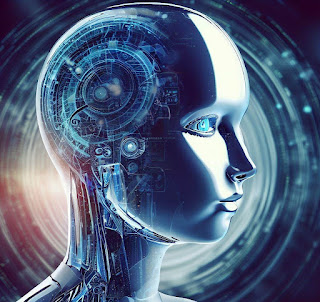AI refers to the development of computer systems that can do activities that normally require human intellect, such as learning, problem-solving, decision-making, and language understanding.
The development of AI may be traced back to the 1950s when academics first considered the possibility of building robots that might think like humans. John McCarthy, Marvin Minsky, Nathaniel Rochester, and Claude Shannon created the phrase "artificial intelligence" at the time.
AI research in the 1960s and 1970s was focused on constructing expert systems capable of solving complicated issues in specialized fields such as health and finance. The MYCIN system, created to identify bacterial infections, is one famous example.
Machine learning, which includes training computer algorithms on enormous quantities of data, became popular in the 1980s. This method resulted in the invention of algorithms such as decision trees and artificial neural networks, which are still employed in artificial intelligence today.
Statistical learning, which includes employing statistical models to analyze data, emerged in the 1990s. This technique resulted in the creation of algorithms such as support vector machines and random forests.
Deep learning, which includes training deep neural networks on enormous datasets, was the focus of AI research in the 2000s and beyond. This method has resulted in substantial advancements in fields such as computer vision, natural language processing, and speech recognition.
Overall, the history of AI has been defined by the continuous development of new algorithms and approaches, which have been fueled by advancements in computing power and the availability of vast datasets.




0 Comments